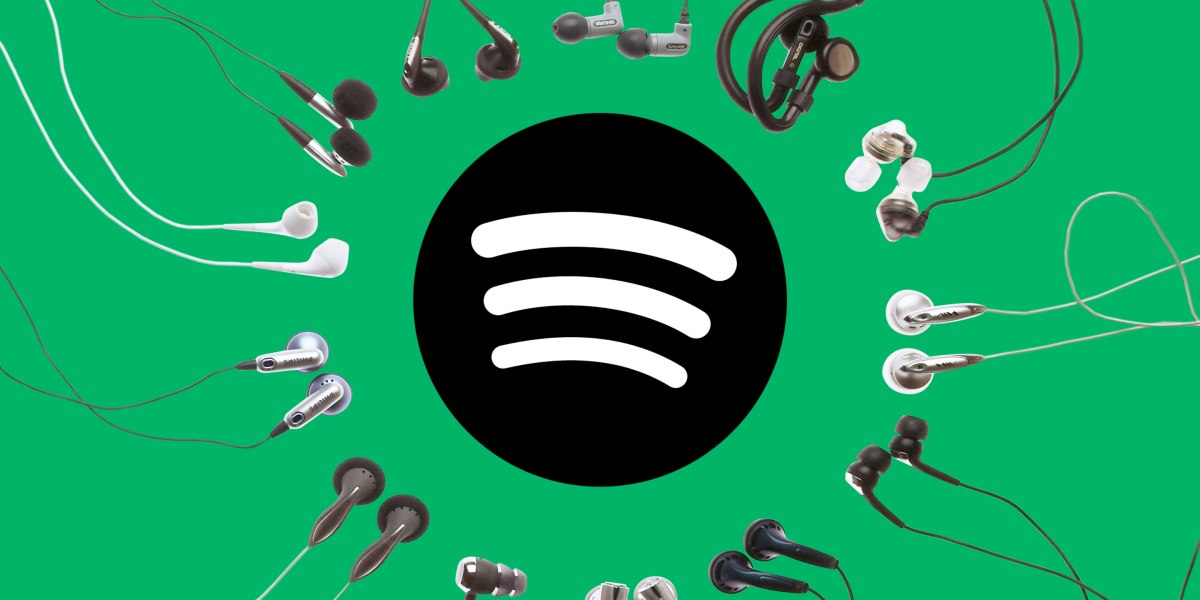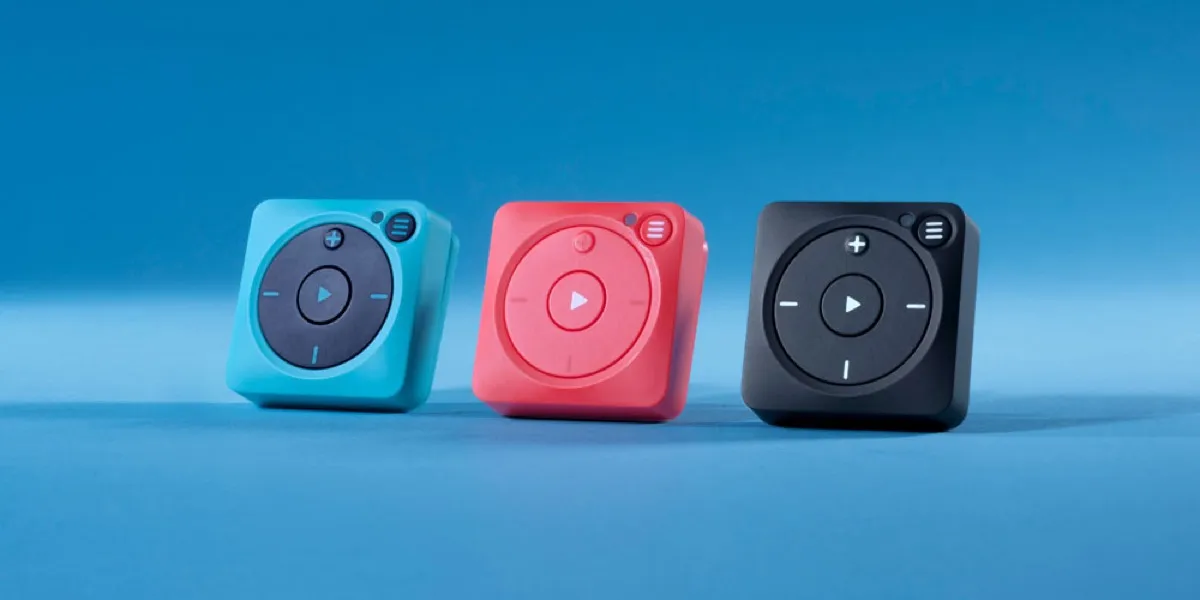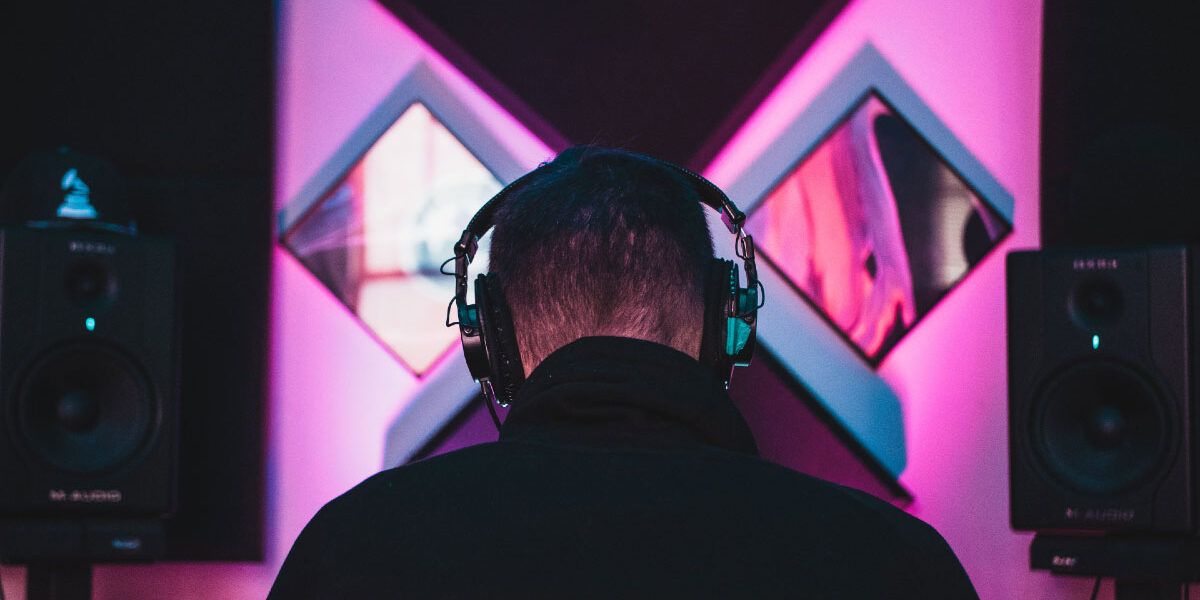The landscape of music consumption has undergone a remarkable transformation over the years, transitioning from physical mediums like vinyl records and CDs to digital formats and, ultimately, to the era of music streaming platforms. In this article, we embark on a journey through time, exploring the evolution of music streaming platforms from their humble beginnings to the digital behemoths they are today. From revolutionizing how we discover and listen to music to shaping the very fabric of the music industry, the evolution of these platforms from beats to bytes represents a seismic shift in the way we engage with music in the digital age. Join us as we delve into the history, impact, challenges, and future trends of music streaming platforms, uncovering the intricacies of this transformative journey and the profound influence it has had on the world of music.
Early Beginnings: From Analog to Digital
The Birth of Digital Music
The transition from analog to digital music marked a significant turning point in the history of music consumption. With the advent of digital formats, such as MP3, music became easily transferable and shareable, laying the groundwork for the rise of music streaming platforms.
MP3 Era: Napster and Limewire
The late 1990s and early 2000s saw the emergence of file-sharing services like Napster and Limewire, which revolutionized how people accessed music. These platforms allowed users to share and download MP3 files freely, sparking debates about copyright infringement and piracy.
Rise of Legal Alternatives: iTunes
As concerns over piracy grew, legal alternatives began to emerge. Apple’s iTunes played a pivotal role in this transition by offering a convenient and affordable way to purchase and download digital music. It introduced a new revenue model for artists and paved the way for the digital music market.
Spotify: Pioneering the Streaming Industry
Spotify, launched in 2008, revolutionized the music industry by offering a vast library of songs accessible through streaming. Its freemium model, coupled with personalized playlists and recommendations, quickly gained popularity among music enthusiasts.
Pandora: Personalized Radio Experience
Pandora introduced the concept of personalized radio stations, allowing users to discover new music based on their preferences. Its algorithmic approach to music discovery set it apart from traditional radio and laid the foundation for personalized streaming experiences.
Apple Music: Integration with Apple Ecosystem
Apple Music, launched in 2015, integrated seamlessly with Apple’s ecosystem of devices and services. With features like Siri integration and exclusive artist content, it appealed to Apple users seeking a cohesive music experience across their devices.
Tidal: Focus on High-Quality Audio
Tidal differentiated itself by offering high-fidelity audio streaming, appealing to audiophiles and music purists. With its emphasis on sound quality and artist ownership, Tidal aimed to provide a premium streaming experience for discerning listeners.
Impact on the Music Industry

Changing Revenue Models for Artists
The rise of streaming platforms has transformed the revenue landscape for artists, with streaming now accounting for a significant portion of music industry revenue. However, debates over fair compensation and royalty distribution continue to shape the relationship between artists and streaming services.
Influence on Music Discovery and Trends
Streaming platforms have democratized music discovery, allowing independent artists and niche genres to find audiences worldwide. The algorithmic recommendations and curated playlists offered by streaming services play a crucial role in shaping musical trends and preferences.
Challenges and Opportunities
Copyright and Royalties Concerns
Copyright infringement and royalty disputes remain major challenges in the streaming industry. Artists often face complex licensing agreements and receive minimal compensation for their work, leading to calls for greater transparency and fairness in royalty distribution.
Competition and Market Saturation
The proliferation of streaming platforms has led to increased competition and market saturation. While this offers consumers more choices, it also presents challenges for smaller platforms to compete against industry giants like Spotify and Apple Music.
Technological Advancements: AI and Music Recommendations
Advancements in artificial intelligence are driving innovation in music recommendation algorithms, offering users more personalized and relevant content. However, concerns over data privacy and algorithmic bias raise questions about the ethical implications of AI-driven music curation.
Future Trends and Innovations

Expansion of Podcasts and Audio Content
Streaming platforms are increasingly diversifying their content offerings beyond music to include podcasts, audiobooks, and other audio formats. This expansion presents new opportunities for creators and listeners alike, shaping the future of audio entertainment.
Integration with Smart Devices and IoT
The integration of streaming platforms with smart devices and Internet of Things (IoT) technology is redefining how we interact with music in our everyday lives. From voice-controlled speakers to smart appliances, the seamless integration of music streaming enhances the user experience and opens up new possibilities for ambient listening.
Blockchain in Music: Transparency and Fairness
Blockchain technology holds the potential to revolutionize the music industry by providing transparency and fairness in royalty distribution. Through decentralized ledgers and smart contracts, artists can ensure that they receive fair compensation for their work, bypassing intermediaries and traditional royalty collection agencies.
Virtual Reality Concerts: Immersive Experiences
The emergence of virtual reality (VR) technology has opened up new avenues for immersive music experiences. Virtual reality concerts allow fans to experience live performances from the comfort of their homes, transcending geographical boundaries and redefining the concert-going experience.
Social Media Integration: Interactive Engagement
Streaming platforms are increasingly integrating social media features to enhance user engagement and interaction. From sharing playlists to connecting with artists and fellow music enthusiasts, social media integration adds a layer of interactivity to the music streaming experience, fostering a sense of community among users.
Conclusion
The evolution of music streaming platforms represents a transformative journey from analog to digital, revolutionizing how we discover, consume, and interact with music. While streaming services have democratized access to music and empowered artists, challenges remain in ensuring fair compensation, addressing copyright concerns, and harnessing technological advancements responsibly. As the industry continues to evolve, one thing remains clear: the power of music to inspire, connect, and shape our cultural landscape endures.


